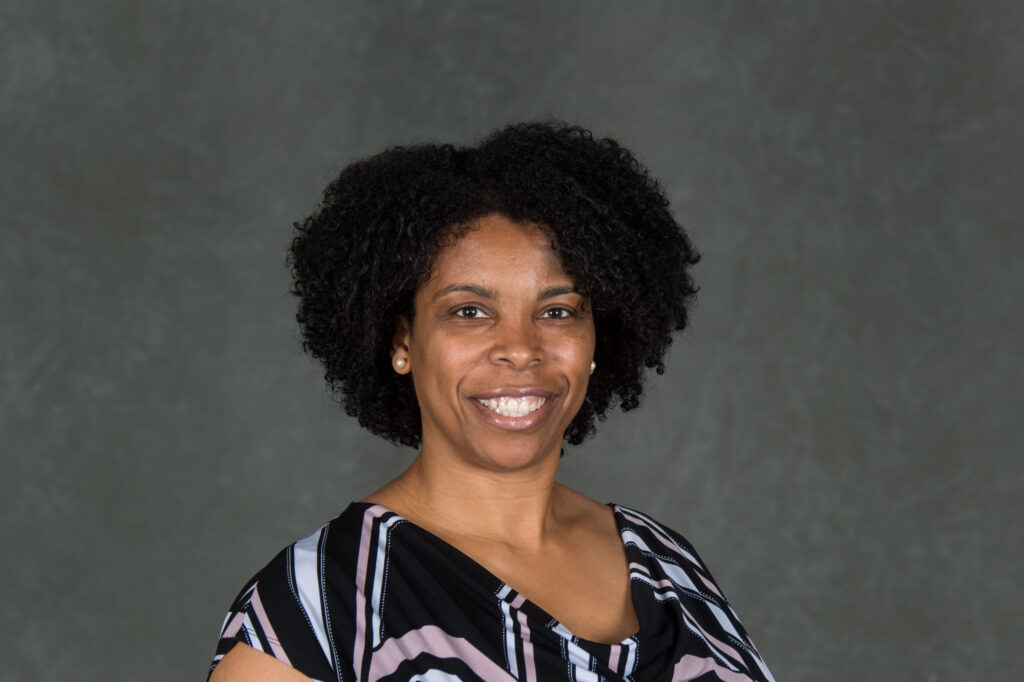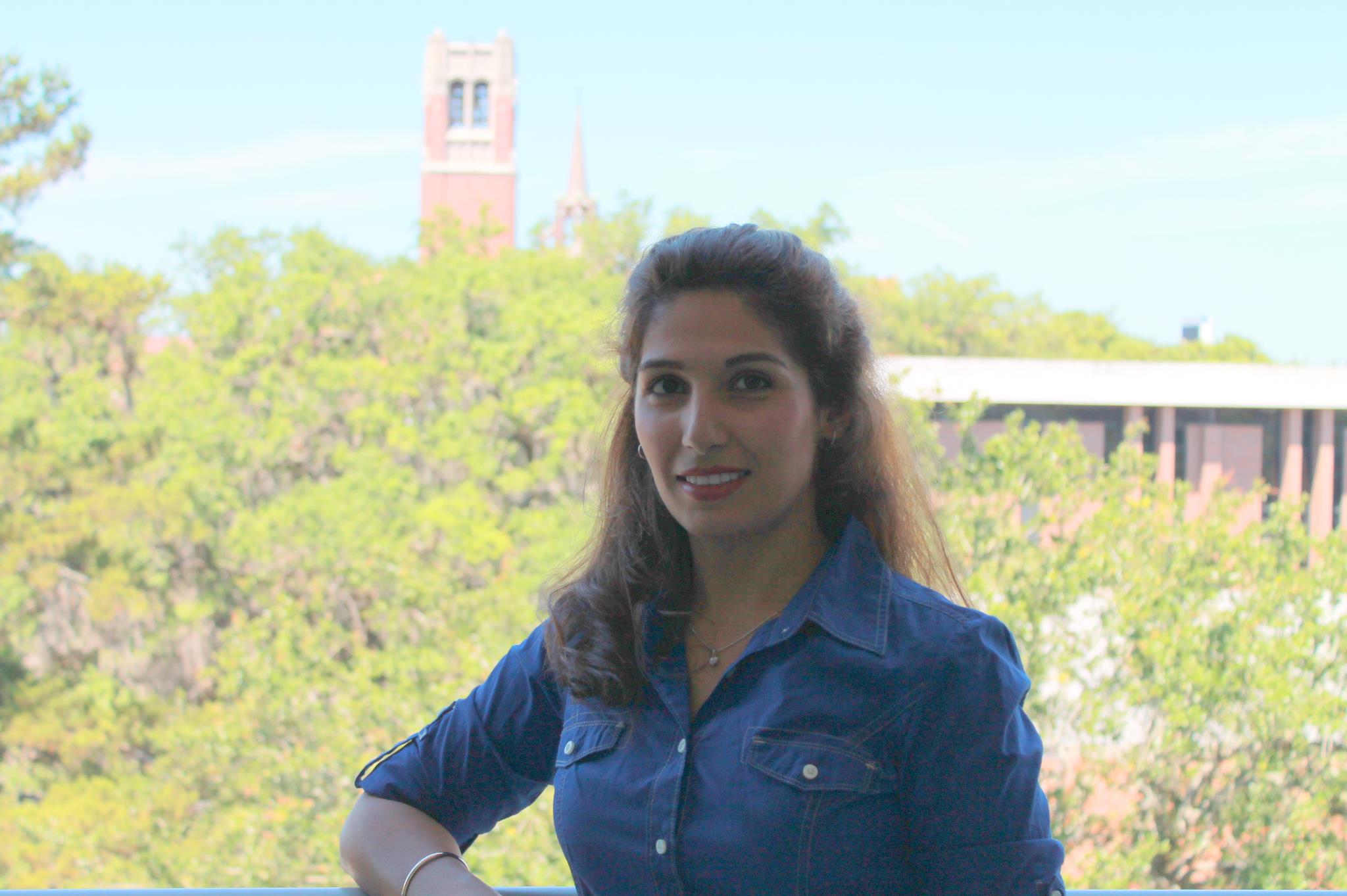Algorithms Developed by Mathematics Professor Maryam Yashtini Improve Quality, Speed of MRI Images
Maryam Yashtini, Ph.D. and assistant professor in the Department of Mathematics and Statistics, is on a mission to improve efficiency. Through the development of practical algorithms, Yashtini’s research helps solve problems that arise from image processing and machine learning applications, such as medical image reconstruction and image editing software.
A Medical Mathematical Model
Yashtini says that she was drawn to this area of research because the ability to quickly solve a problem is key when we deal with real-world applications such as medical procedures.
Take for instance the magnetic resonance imaging scan, or MRI. A traditional MRI technique requires a patient to remain still for approximately 40 minutes and must be restarted if the patient makes even the slightest movement. Not only was this older MRI model uncomfortable for the patient, the MRI measurement often was not accurate enough.
Figure 1: (a) Undersampled image after the MRI scan, it shows artifacts. (b) Reconstructed result by one of my optimization algorithm, called BOSVS which took only 30 CPU (sec.).
The algorithms developed by Yashtini drastically reduce not only the time needed for an MRI, but substantially improve the quality of images produced as well.
“These new machines partially acquire data, then the missing data pixels are reconstructed and artifacts are removed afterward using optimization algorithms I developed,” Yashitini explains. “This process reduces the scanning time to less than five minutes, which allows the motion-related artifacts to be suppressed. It also lowers the side effects and costs for patients, which is the coolest part.”
Algorithms such as this can also be used to improve number approximations in images like biological cells, production line items, or people in crowds.
Counting approximations are complex problems for machine learning programs to solve, especially when there are several overlapping objects, objects with varying textures or when there is not a large enough data set with accurate boundary annotations. Many machine learning programs that currently exist are also often object-specific and require a time-consuming training process to operate.
This problem led Yashtini and her collaborators at the Georgia Institute of Technology to develop a highly expedient, geometry-free and training-free counting method that works for various objects.
“Efficiency and accuracy are crucial — whenever I see an optimization model coming from real-world applications, I naturally start thinking about ways to solve it quickly, or quicker than existing algorithms, while making sure the proposed methodologies are backed up with theoretical analysis and guaranteed convergence,” Yashtini says.
This research also has applications in image colorization (coloring black and white images/videos), image denoising (eliminating noise and artifacts from images), matrix factorization, sparse reconstruction, and regressions.
Mathematical Mentoring

Photographs where Yashtini’s algorithm can be applied
Yashtini has passed on her passion to undergraduate and graduate students alike. Sanchi Gupta (C’24), said that Yashtini was accommodating and engaging throughout virtual learning.
“I loved the Calc II class so much that I decided to TA under Dr. Yashtini this semester, and it has been my pleasure working with her,” says Gupta. “Dr. Yashtini is a great teacher who goes above and beyond to help her students!”
Alexi Albert (G’21), who earned her Master’s in Mathematics from Georgetown, went out of her way to pursue courses taught by the professor.
“Professor Yashtini taught a variety of numerical methods and facilitated our deep understanding of these methods by having us create algorithms for each in MatLab,” says Albert. “Knowing how to format this type of code has been an invaluable skill, and I’m very grateful to Professor Yashtini for her guidance and mentorship. She is a knowledgeable, kind and thoughtful professor, and I feel lucky to have been able to learn from her during my time at Georgetown.”
Yashtini says that the support of her colleagues like Ruel Hector, R. Tiongson and Jill Brasky have been an immense help.
“I am so grateful to work and research at Georgetown University and working with such great colleagues and talented students.”
Related News

